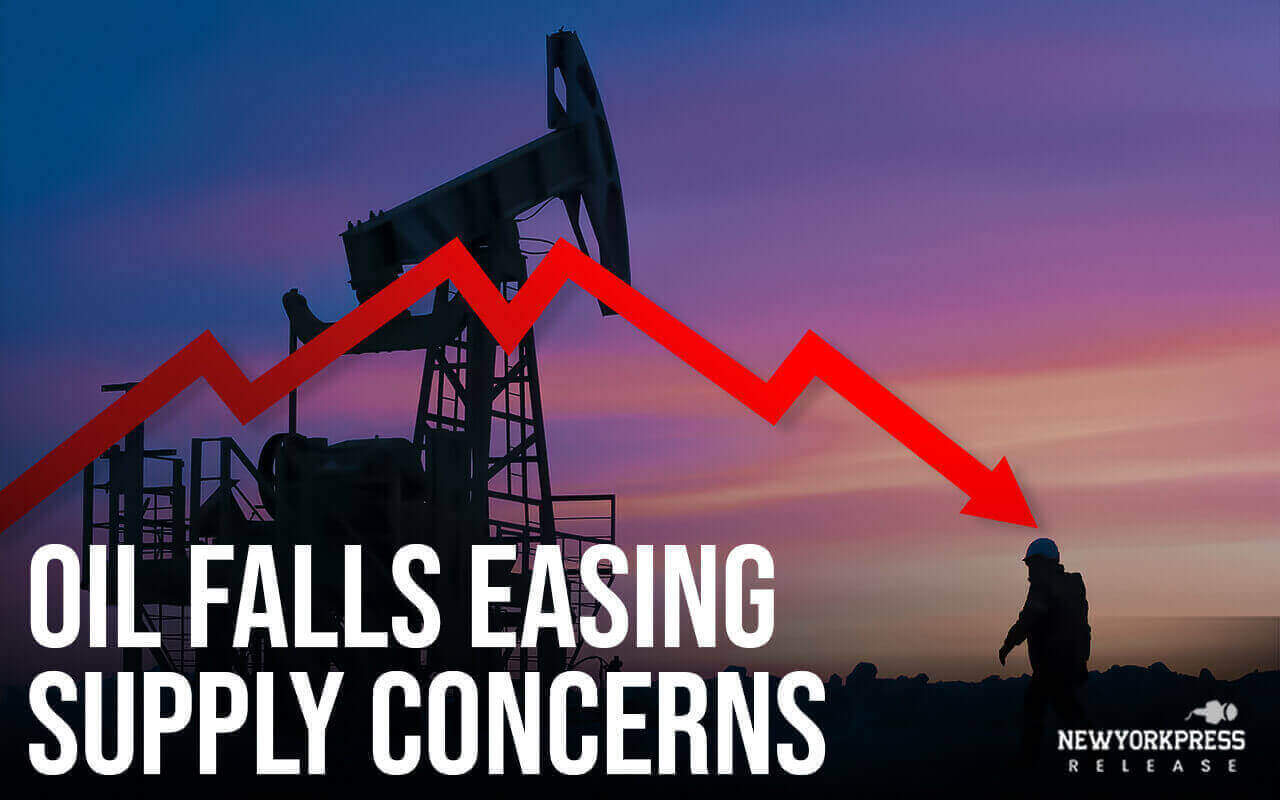Oil prices slipped for a third day on Thursday, pushed down by a larger-than-expected crude and gasoline buildup in the US and calming supply concerns.
Brent futures slipped by 0.35%, or 30 cents, to $85.52 per barrel at 04:05 GMT, while US West Texas Intermediate crude declined 0.50%, or 42 cents, to $83.07 per barrel.
After losing more than 2% the previous day, both benchmarks have given back the majority of their early-week gains.
According to market sources quoting American Petroleum Institute estimates on Wednesday, crude oil stockpiles in the United States increased by roughly 12.9 million barrels.
This was far greater than the 500,000-barrel rise predicted by economists in a Reuters survey.
“Unlikely to help sentiment this morning are API inventory numbers… Lower refinery run rates due to maintenance likely contributed to this build,” said ING analysts in a client note.
The report also indicated that gasoline inventories grew by 3.6 million barrels. This was a sharp contrast to the 800,000-barrel decline projected by analysts and fueling concerns about decreasing fuel demand in the US.
“Fuel prices may be closer to consumers’ pain threshold than inflation-adjusted prices might suggest. There are already signs that consumers have responded by cutting back on fuel consumption,” JP Morgan analysts said in a client note.
“In PADD 5, of which California is the biggest consumer, we estimate gasoline demand dropped 100,000 barrels per day between June and September, to a seven-month low of 1.46 million barrels per day,” they added.
Markets will be looking for additional inventory data signals from the United States Energy Information Administration (EIA) later in the day at 15:00 GMT.
Elsewhere, market fears about the Middle East’s supply situation continued to subside, putting downward pressure on prices.
“Crude oil extended losses on signs the impact of the Israel-Hamas war on the oil market will be limited,” said ANZ analysts in a client note.
Additionally, experts from ING stated: “The risk premium continues to erode with the conflict largely contained to Israel and Hamas.”
However, the US EIA expects global oil inventories to fall further in the second half of 2023, limiting price depreciation.
Lower stocks, which are expected to maintain global oil supply below consumption, are expected to enhance oil prices, according to the EIA in a monthly report.




